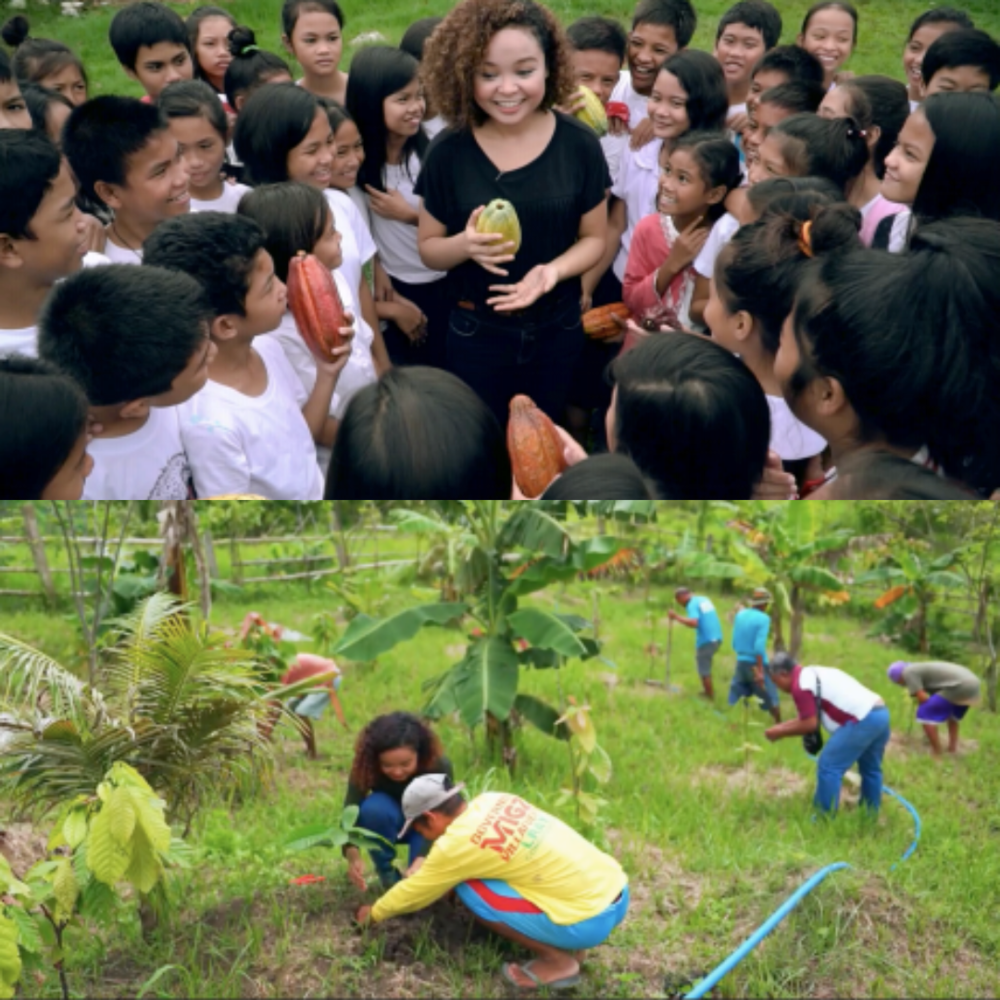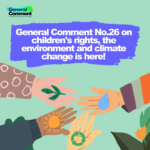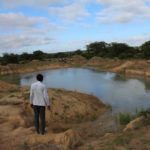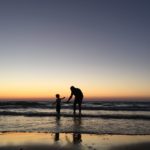As a young person living in a slightly remote area of the Philippines, I’ve always considered myself fortunate to live in a place that is still lush and green. Yet despite this, over the years I’ve witnessed the effects of environmental degradation, and much worse, climate change showing its face through catastrophic storms and severe droughts.
In a world where our collective actions make a massive difference, negative and destructive human behavior have devastating environmental effects— with the most vulnerable groups paying the heaviest price.
Communities like mine are especially vulnerable due to the yearly typhoons which come upon my area. The Philippines is one of the most disaster-prone countries, being situated right at the Typhoon belt. This poses risks to livelihoods, families, and their ability to protect and provide for their children. All of this is exacerbated by the ongoing climate crisis.
“ In a world where our collective actions make a massive difference, negative and destructive human behavior have devastating environmental effects— with the most vulnerable groups paying the heaviest price.”
I am at the frontlines of protecting my community from environmental harm brought upon by unsustainable agriculture, and destruction from climate-related issues, like typhoons. With my Social Venture, The Cacao Project, I work closely with farmers in my community to build resilient, sustainable and regenerative livelihoods that harness the power of our forests to rethink our food systems. In this way, our farmers can work in harmony with nature.
In the years that I’ve lived in this town and ran my venture, I’ve visibly seen how children’s rights to education can be halted by severe weather conditions, how their right to play is hampered by pollution, how their safety is put at risk by unmindful development, or their health and safety sacrificed because of lack of proper waste disposal, urban planning, and no enforcement of their rights to safety. I’ve seen how land reclamation in oceans have caused a systems collapse in ecosystems and have destroyed the balance of nature, negatively impacting the livelihoods of villagers, heavily silting water sources, ruining both land and marine habitats that used to contribute to the way of life, arising cases of poverty in areas where there wasn’t before.
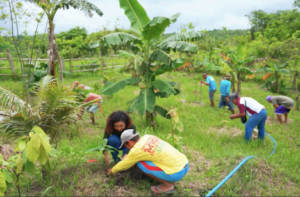
I’ve witnessed the climate emergency drastically affecting lives, with the increasing intensities of typhoons, especially seen in the recent Super Typhoon Goni, and with droughts that have put our food sources on the line. How unsustainable production has led to the degradation of our soils, and risked existing livelihoods because of the use of harmful chemicals, that would eventually leech into our water sources and cause health complications in village children.
And I knew that not only is this all interrelated, but that we have not been able to articulate just how closely these all factor into each other, nor did we have an apparent synthesized mechanism in which these issues were highlighted in how they all interlink and how addressing them is vital in the process of furthering environmental protection and children’s rights to a future.
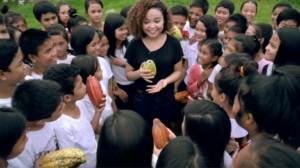
“I’ve visibly seen how children’s rights to education can be halted by severe weather conditions, how their right to play is hampered by pollution, how their safety is put at risk by unmindful development, or their health and safety sacrificed because of lack of proper waste disposal, urban planning, and no enforcement of their rights to safety.”
This is the gap that the Virtual Expert Group Meeting held in July 2020 by UNICEF, UNEP and UNOHCR aimed to confront. As a follow up to the Children’s Environmental Rights Initiative (CERI) East Asia and Pacific consultation, it set out to make a comprehensive policy guidance that would lay the groundwork for South East Asian governments and institutions to address the rights of all Children — and future generations— to a healthy, clean, inclusive, and safe environment. At the forefront of the policy guidance were Youth experts— Hi! Myself included— that weighed in on the decisions governing our rights in the ASEAN region.
The event, spanning 3 days, brought together stakeholders from South East Asia across various backgrounds, including child rights experts, government officials, environmentalists, and young activists.
Prior to the event, all the experts gave their initial key insights in a survey organized by the UN agencies on points that would be covered during the discussions.
Session 1 brought together breakout groups of country representatives, deliberating on the most pressing country-level issues revolving around Children’s rights to a healthy environment, ensuring that the policies covered those specific country-level concerns to ensure inclusivity as policy guidance took form.
Further sessions intensified into diverse exchanges, merging experts from all over ASEAN to generate holistic discussions on the topics that stood out from the previous deliberations.
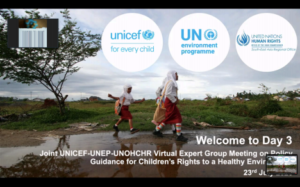
Slowly, patterns emerged, verbatim expanded to meet the scrutiny of contributors, and professionals listened intently to the calls for reform brought forward by youth— fostering a safe space for intergenerational collaboration. Issues from even remote regions of ASEAN, the rights of each child from every community, demands for a systems change, impact assessments— were hashed out, covered, and compacted into the document.
Lastly, overarching themes were reviewed, and youth experts from every country were gathered in a breakout group to cultivate a completely youth-led discussion on the Zero-draft of the policy guidance. Later in the programme, the stage was lent to Myself, Salsabila, and Chalalai Nam to authentically share our lived experiences in regards to our fight to secure our rights to the environment as youth.
The meeting sincerely revealed the best that we as a people and as a world could offer— a glimmer of hope for the youth and our future generations, a vision of a world where no-one is left behind— and hopeful for a green and equitable future.
Are we building a future that will no longer need youth environmental activists… A future where children are free to be kids? Can enjoy a safe space, fresh air, access to nutritious food, and a pollution-free ocean?
I’m optimistic that through the Virtual Expert Group Meeting, we laid the groundwork to make this future possible. And I can guarantee you, dear reader, that we the youth experts involved, will be stalwart in ensuring that it does go on to make a tangible difference, and to hold those in power accountable to it, as we continue to act as Stewards of Creation.
We will ensure that no one goes on to experience the existential dread, the worry, that we currently feel for the prospects of our future.
We will ensure that the future is a future of hope and not of fear for the welfare of our lives and the restoration of our planet.
Louise Mabulo is a Chef, Farmer, and the Founder of The Cacao Project. She is a UN Environment Young Champion of the Earth and Forbes Under 30 Social Entrepreneur Honoree.
